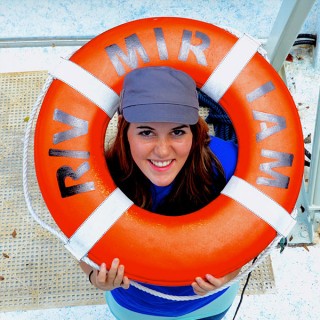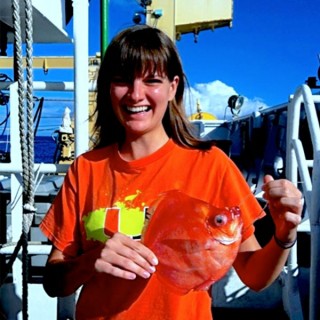Aloha everyone to day one of our cruise blog. We were thrilled to board the vessel today–even arriving early, which is an accomplishment in itself for many graduate students. The Valentines and chocolates going around heightened the excitement. The love for science is in the air! After a delicious first gourmet lunch, the science party began learning the ins and outs of the vessel on a tour of the ship.
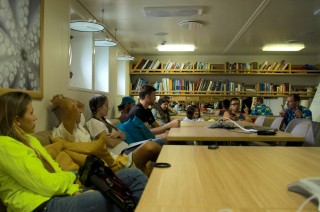
The research vessel Falkor is 272 feet long and is the largest vessel many of us have done research on. Imagine sailing on a vessel nearly the length of a football field. The preparation time that begins today is really important for smoothly running operations as we get to know the crew and learn where everything is.
Eric King, the director of marine operations with Schmidt Ocean Institute, came to brief the scientists about the trip. The R/V Falkorhas been doing research cruises for almost two years. This will be the first student cruise, and we are thrilled to bring the enthusiasm of young, early career scientists to this maiden voyage. It will be the first marine mammal study on the ship, so we are eager to learn along with the crew. We’ll be using some rare tools that we’ll describe more in later blogs.
We hope this cruise is as much an adventure for you as it is for us
The common theme of the day has been the delightfulness of the ship. Many scientists commented that their cabins are nicer than staying in a hotel–or their own bedrooms for that matter. It is going to be hard for us to leave.
The Technology
While the accommodations and food are amazing, we can’t forget about the science equipment, which is simply phenomenal. We can’t wait to get our hands on some of this new technology. As a brief overview, the CTD is a conductivity, temperature, and depth sensor we will use during the cruise to obtain information about water conditions where we are sampling in.
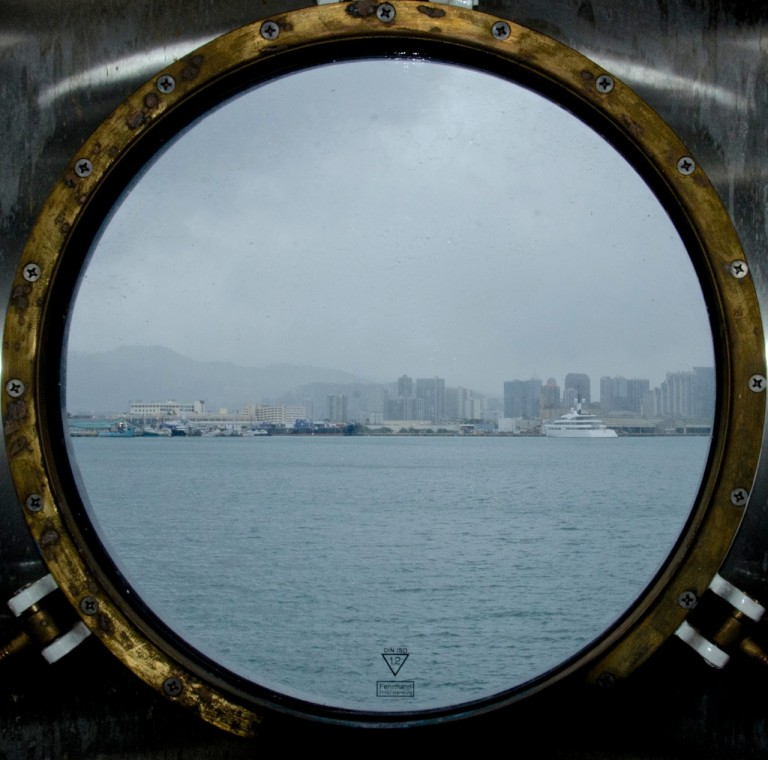
Falkor’s multibeam sonar is an incredible technology that will allow us to do everything from clearly visualizing and mapping the contours of the ocean bottom to identifying fish schools swimming near us. Advanced systems like this one are not often found on research vessels, and it will be a great addition to our research. We’ll be telling you more about all the equipment tomorrow.
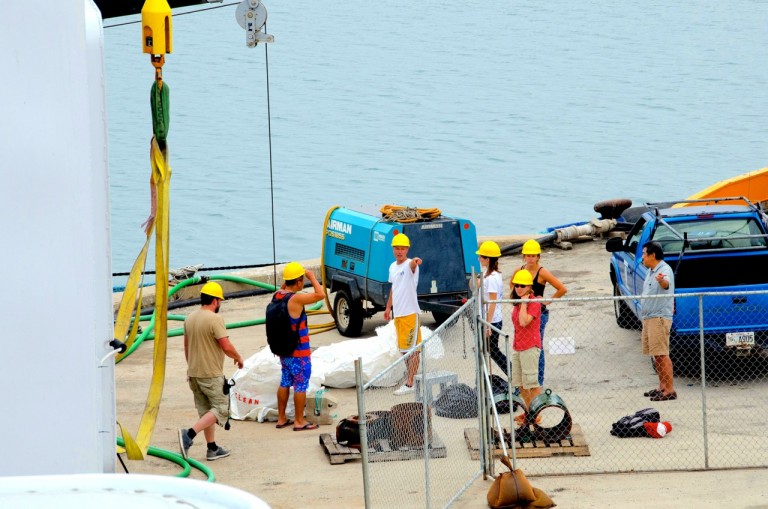
We hope this cruise is as much an adventure for you as it is for us. We will try to convey how exciting science can be, especially when we are aboard a vessel so perfectly equipped for all of our needs. Soon we will be setting sail for the leeward side of the Island of Hawaii. In the meantime, we will be learning and preparing ourselves to fully complete the mission at hand: to identify and understand the foraging behaviors of marine mammals near Kona, Hawaii.
What It Takes
For those unfamiliar with ship operations, it is incredibly expensive and complicated to pull off such a research cruise. It involves the engineers running the ship and all the equipment, state and federal permits, and workers understanding the proper way to collect the data. There have been many, many hours spent behind the scenes, and it is now time to put all that hard work to use. As we set out on this short, yet vital, journey, we hope you will follow along and get a glimpse of the lives of sailors, scientists, and whales.
